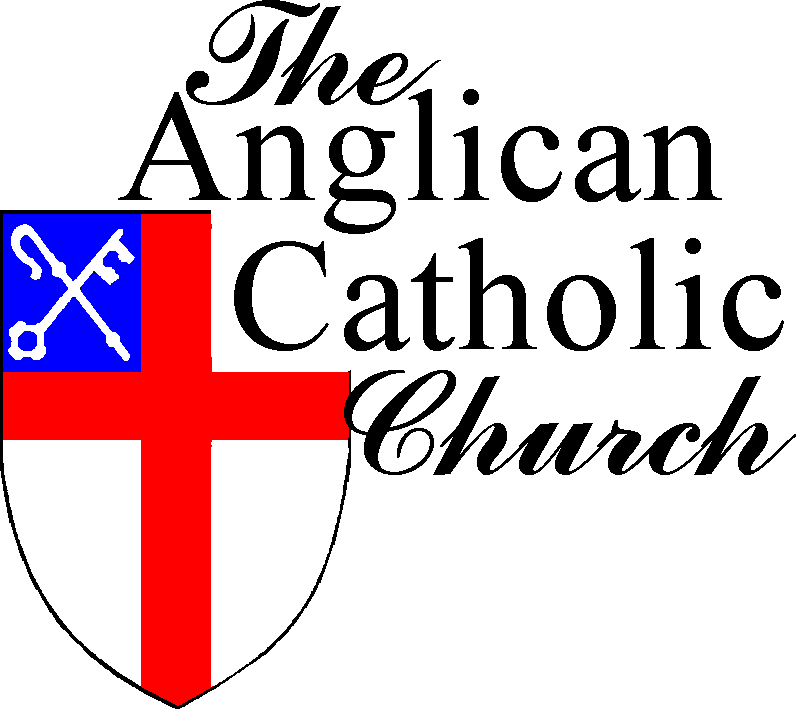Administration
The ACC is a worldwide body of Christians led by bishops in the Apostolic Succession
Understanding the Catholic Church
The Catholic Church is the one, true Church of God throughout the world. The Catholic Church is present wherever Christians gather around a bishop of Apostolic Succession and faith. The presence of Apostolic Succession and faith, and thus Catholicity, certainly requires and presupposes: acceptance of the Old and New Testaments as the record of God’s decisive self-revelation; acceptance of the doctrine of the undivided, ancient Church, which is summarized particularly in the Creeds; celebration of the sacraments, particularly baptism and the Eucharist, through which God unites his people to himself; maintenance of the historical line of bishops sometimes called the ‘tactile succession’.
The Anglican Catholic Church (ACC) was formed in the late 1970s when certain parts of the Canterbury Communion (notably the Anglican Church of Canada and the Episcopal Church, USA) began to move away from the catholic and apostolic faith as it was understood within the English Church since its earliest days. In 1977 a group of nearly 2000 concerned churchmen gathered in St. Louis, Missouri, to form a jurisdiction within which traditional Anglican faith and practice could be maintained. With the consecration of four new bishops, what the founders at St. Louis established was not merely a denomination, but a Church, that is, a body of Christians gathered around a bishop in the Apostolic Succession.
The Structure of the Anglican Catholic Church
A Church is comprised of Provinces. At present there are two Provinces in the ACC. The Original Province currently has congregations on every inhabited continent save Asia (where the Second Province is located) and in about 20 countries. The Second Province, formerly known as the Church of India, Pakistan, Burma, and Ceylon (CIPBC), is now known as the Province of South Asia. This Province has its own hierarchy of bishops. The Church is led by the Primate, who is also a Metropolitan Archbishop. The Primate is elected by the Metropolitans from among their number. The Holy Synod passes Church legislation, while the Court of the Primate handles judicial matters within the Church.*
Provinces are composed of Dioceses. Each Province is led by a Metropolitan, who is also a Diocesan Bishop. The Metropolitan is elected by the bishops of the Province from the Diocesan Bishops. Provincial Legislation is passed by the Provincial Synod, composed of the Bishops of the Province, the Senate of Clergy (elected by the clergy in Diocesan Synods), and the Assembly of Laity (elected by the laity in Diocesan Synods). Judicial matters are handled by the Court of the Metropolitan.
Congregations (parishes and missions) are the buidling blocks of the dioceses. Each Diocese is headed by a Bishop Ordinary and may have assisting bishops (suffragan or co-adjutor). The Diocesan Bishops are usually elected by Diocesan Synods. Legislation is passed by the Diocesan Synod, which is composed of three entities: the Bishop Ordinary, the Senate of Clergy (all of the clergy not under discipline), and the House of Laity (representatives elected by their congregations). Judicial matters are handled by the Diocesan, or Consistory Court.
Church Governance and Administration
The full organizational and administrative machinery of the top level of the Church will only come into existence when the ACC has three Provinces. Until that time the Acting Primate is the Metropolitan of the Original Province, and Church legislation and judicial matters for the whole Church are handled by the Provincial Synod and by the Metropolitan’s Court of The Original Province. Divisions and Departments that function under the Authority of the Metropolitan of the Original Province can be accessed by clicking the links to the right.




